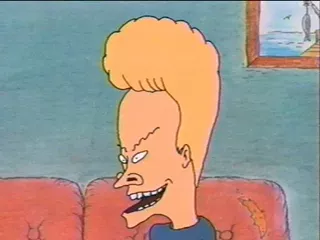Tell me a little about this report.
It's the seventh report from a coalition of organizations similar to Wingspan: Organizations that are doing anti-violence work in communities across the country. It documents what's sometimes invisible within the mainstream community, within the domestic violence (support) community and even within the LGBT community--which is domestic violence within the LGBT community. Fourteen communities across the country contributed statistics.
Why is domestic violence in the LGBT community so invisible?
Within the mainstream community, domestic violence is still seen very much as a hetero issue. A lot of people have a concept of a Farrah Fawcett, Lifetime TV, Burning Bed sort of image of domestic violence. Within the domestic violence community, LGBT violence remains invisible because a lot of theories from the battered women's movement are about the male role, socialization and sexism. If you have domestic violence in a relationship between two women, it doesn't fit these theories, and it gets ignored. Within the LGBT community, there's silence about it, because it's one more thing that can be used against us. People can say, "If there's domestic violence, they shouldn't be allowed to adopt." ... And to acknowledge same-sex domestic violence is to acknowledge same-sex relationships.
What does the report conclude?
It recommends continued training for domestic violence providers to make sure they're knowledgeable and accessible to LGBT people. It also recommends education within the LGBT community on the ability to see warning signs and to empower people to make decisions. It also suggests continued research. Most of the study has been done within a very hetero model, and trying to fit that model into LBGT relationships doesn't always work.
How big of a problem is domestic violence in Tucson's LGBT community?
We average about one call per day. Some folks are repeat callers. For 2002, there were almost 100 (different people) who called or came in for services. Our belief is that domestic violence occurs in LGBT relationships at about the same rate as it does in heterosexual relationships, which is one in four relationships.
How supportive have the various domestic violence players, such as the police and the mainstream domestic violence groups, been to the Wingspan AVP?
Our experience has been very positive. They're open to receiving training and working with us. A big barrier is a fear by LGBT folks of these institutions. A gay man may be afraid to call police because at one time, the police were the ones (who could be violent toward gay men). But in Tucson, the police and the service providers very much want to be accessible to the LGBT community.
How did the Wingspan AVP get its start?
It was started in 1996 by Lavina Tomer. She was experiencing domestic violence from another woman, and as Lavina attempted to access services and go through the criminal justice system, she found a lot of ignorance, confusion, and in some cases, homophobia. She thought she couldn't be the only person going through that, so she literally turned her home phone into a crisis line. ... It's grown into a project with two full-time staff members and one part-time position. Now, in addition to working with domestic violence in the LGBT community, we're starting to deal with hate crimes, harassment, police misconduct and sexual violence. We also hope to do more documentation. ... If we get a lot of calls, say, that people are being harassed on Fourth Avenue on Friday nights, we can talk to the police about it. If we see trends, we can do prevention work and increase safety.
What has the impact of the program been, in your mind?
It's definitely increased awareness. I believe we've offered safe alternatives for folks. ... Ultimately, we will do prevention work by working with people and showing what a healthy LGBT relationship is. ... We want to increase everybody's awareness. The root of hate crime is in misinformation and ignorance.




